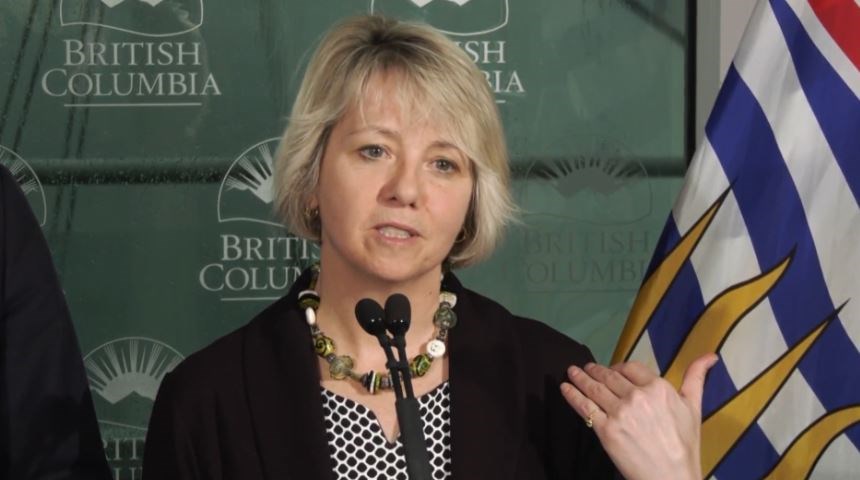“Build back better” is a slogan being bandied about these days.
It encourages us to not just rebuild but rethink what we build and how we build in the aftermath of this global pandemic.
If we look at our infrastructure, everything from funding for long-term care to altering traffic lights, through a COVID lens, perhaps we can prevent some of the devastation when the next one hits.
And, yes, I hate to say it, but scientists are warning us that this won’t be the last. In fact, some predict that global warming could unleash viruses and bacteria that we’ve never seen before because they’ve been trapped in the permafrost. Then again, let’s just get through this horror story before we start imagining others.
The point is, while this pandemic is not what anyone wanted, we could come out of it a stronger, more resilient, more compassionate and more intelligently designed society.
At the risk of sounding like one of those characters hanging from a cross singing Always Look on the Bright Side of Life in the movie Life of Brian (for you Monty Python fans), perhaps there is some good to be had.
It’s been said that when written in Chinese, the word crisis is composed of two characters. One represents danger, the other, opportunity. This isn’t actually true, but as my father says, “never let the truth spoil a good story.”
The misunderstanding persists because it’s a powerful and hopeful message. It tells us that while we’re scared now, we could come out the other side better for it. The operative word is “could.”
COVID has put us in danger and in that danger is opportunity. The question is, will we take it or will we revert back to the familiar?
I’m confident we will make some changes for the better. In my parents’ seniors residence, for example, they have changed all the buttons you push to open doors to ones you just wave your hand in front of. It’s a simple yet brilliant idea, and in a place where the flu can be deadly, this could save lives — even once COVID is a thing of the past.
Another COVID-inspired change I would love to see stay for good is the doing away with the “beg button.”
Along the Railway Greenway, where there are a lot of pedestrians and cyclists, the city’s traffic gurus decided they didn’t want people touching the walk button so now when the light is green the walk signal automatically goes on.
Again, brilliant. We should have that everywhere all the time. The fact pedestrians have to “beg” to be allowed to cross, even though the light is green, reflects our intensely car-centric city planning.
These may seem like small things and they are, in themselves. But nothing stands alone in this world.
How we design door openers and traffic lights says something about who we are and what we value — as does how we fund long-term care, treat racialized communities, and support people with addictions or those living in poverty.
COVID has been a great revealer, showing us, sometimes with heartbreaking clarity, the gaps in our social and economic systems.
If we truly want to build back better, we have to do it through the lens of climate change and social and economic justice. These realities have to be baked into every decision we make going forward — be it health policies, long-term care or traffic lights.
I don’t know if a mandatory mask policy is the way to go or not right now, but I take comfort in hearing Dr. Bonnie Henry explain why she’s saying no. One, the data doesn’t support its effectiveness; two, it would target disadvantaged communities.
In other words, her decision is informed by science and an awareness of social inequities. If we’re going to build back better, those have to make up the foundation on which we start construction.



